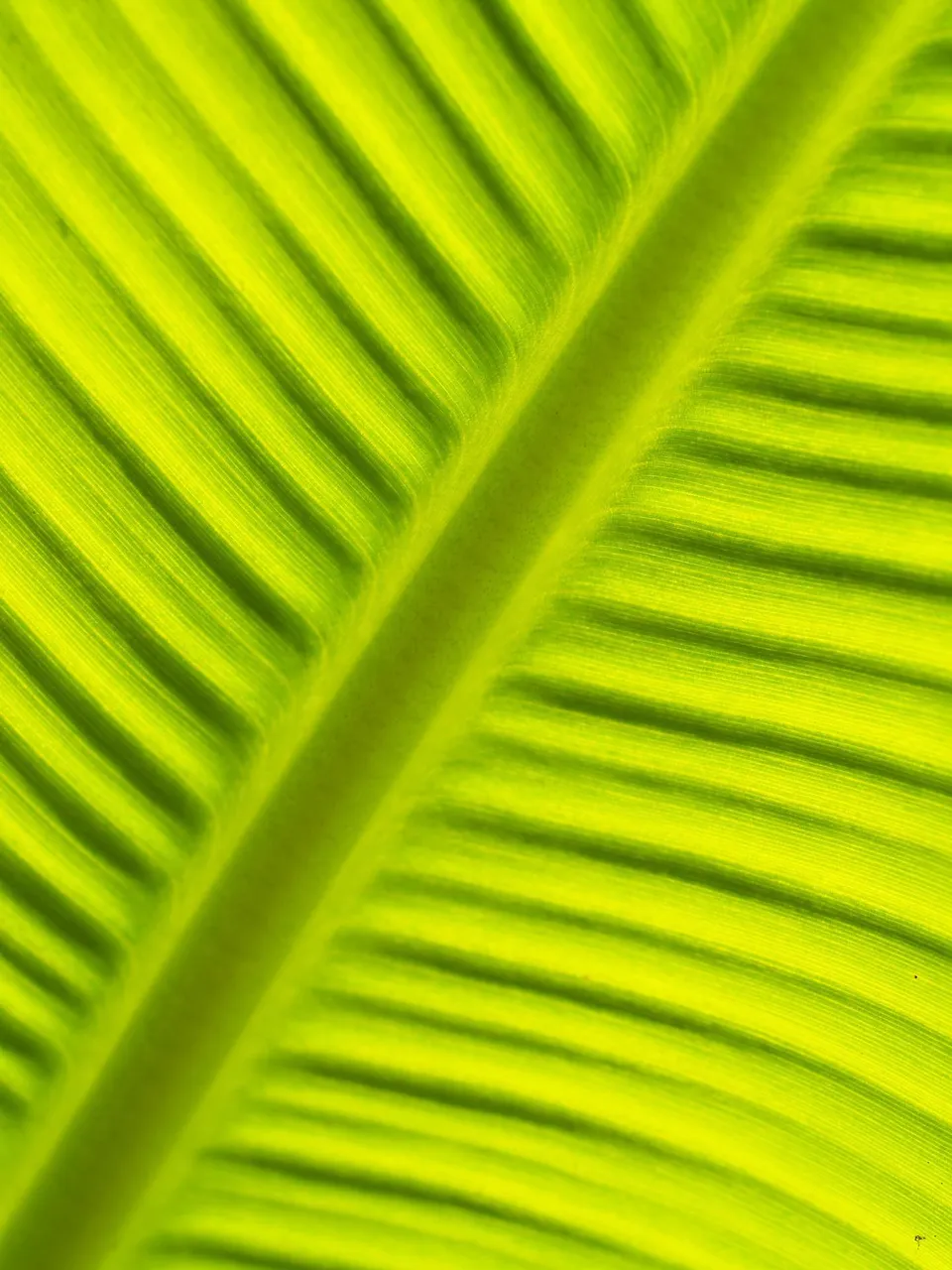
Pixabay
Green energy sources we commonly think of include solar, nuclear and wind power. Another extremely promising technology is artificial photosynthesis. Artificial or synthetic photosynthesis has been worked on since the 1970s, and recent advancements have put this efficient and powerful technology closer to reality.
Artificial photosynthesis holds promise because it is a green and efficient source of energy. Photovoltaic cells and solar panels take solar energy and convert it into usable green energy. Photovoltaic technology is only 20% efficient, and artificial photosynthesis is 60-80% efficient. Synthetic photosynthesis works like a plant does by taking in water, CO2 and sunlight and providing a storable and usable fuel. The output in plants is carbohydrates, and in the synthetic version it is methanol or liquid hydrogen. Imagine an energy source that produces no or very little waste and is extremely efficient and you're imagining artificial photosynthesis.
Artificial photosynthesis is a delicate process that works when solar energy is used to break water using a catalyst and CO2 in the air is combined in a reaction to form liquid hydrogen or methanol. This reaction mimics plants' process, and is up to 60% efficient. Since an immense amount of energy hits the Earth, a mix of solar power to provide energy during the day and artificial photosynthesis to provide storable energy that can be used at night could power our resouce needs. Methanol is a hazardous waste, so efforts must be taken to manage it as it is used.
Biofuel is an alternative to costly fossil fuels. As the price of energy skyrockets, consumers are looking to alternative energy sources. Growing energy from the Sun itself is difficult, but the rewards are an extremely green and effective source of energy. The end product of artificial photosynthesis is a usable and storable fuel and no waste products. The waste produced by oil, gas and coal is immense and harmful to human health and the enviroment.
The promise of artificial photosynthesis as a replacement or in addition to other green-energy sources in our portfolio is good business. Despite the promise, the technology has a ways to go before it is commercially viable. The reaction is extremely fragile and new catalysts for the breaking of water molecules is being perfected. Expect to see this technology deployed within the next decade or so. I'm looking forward to it.
Posted on Hive, Blurt and Steemit
